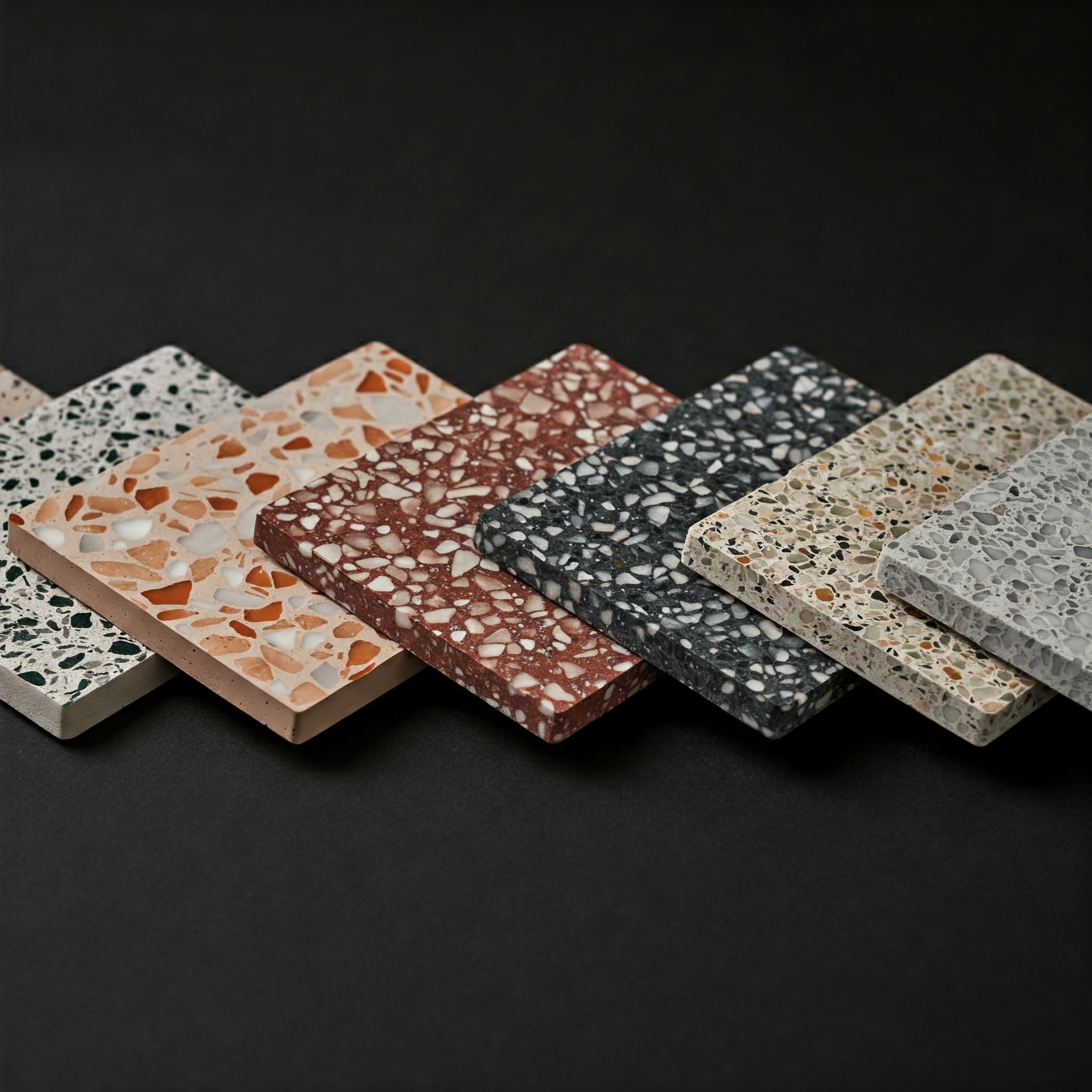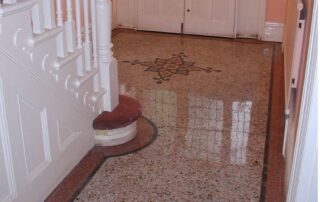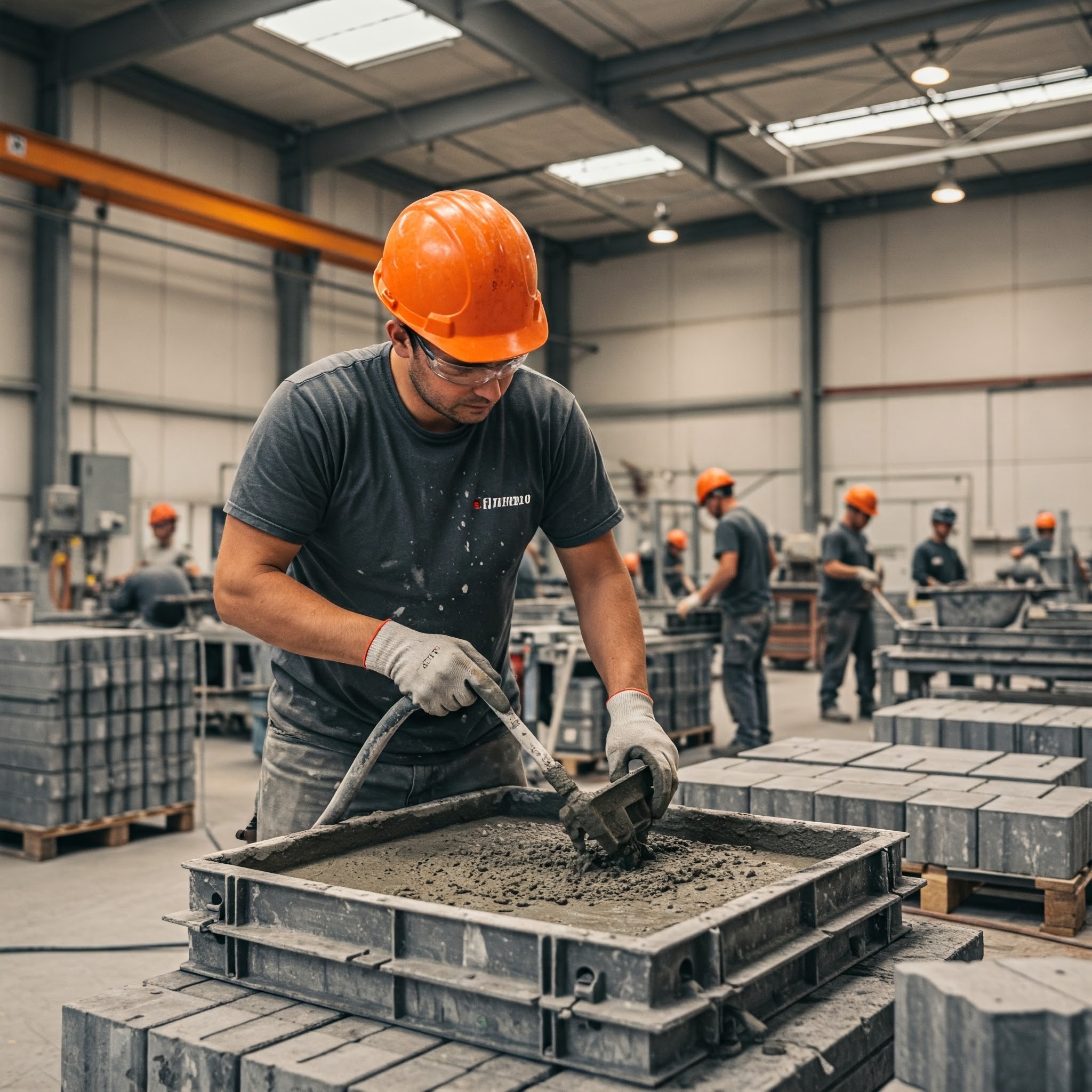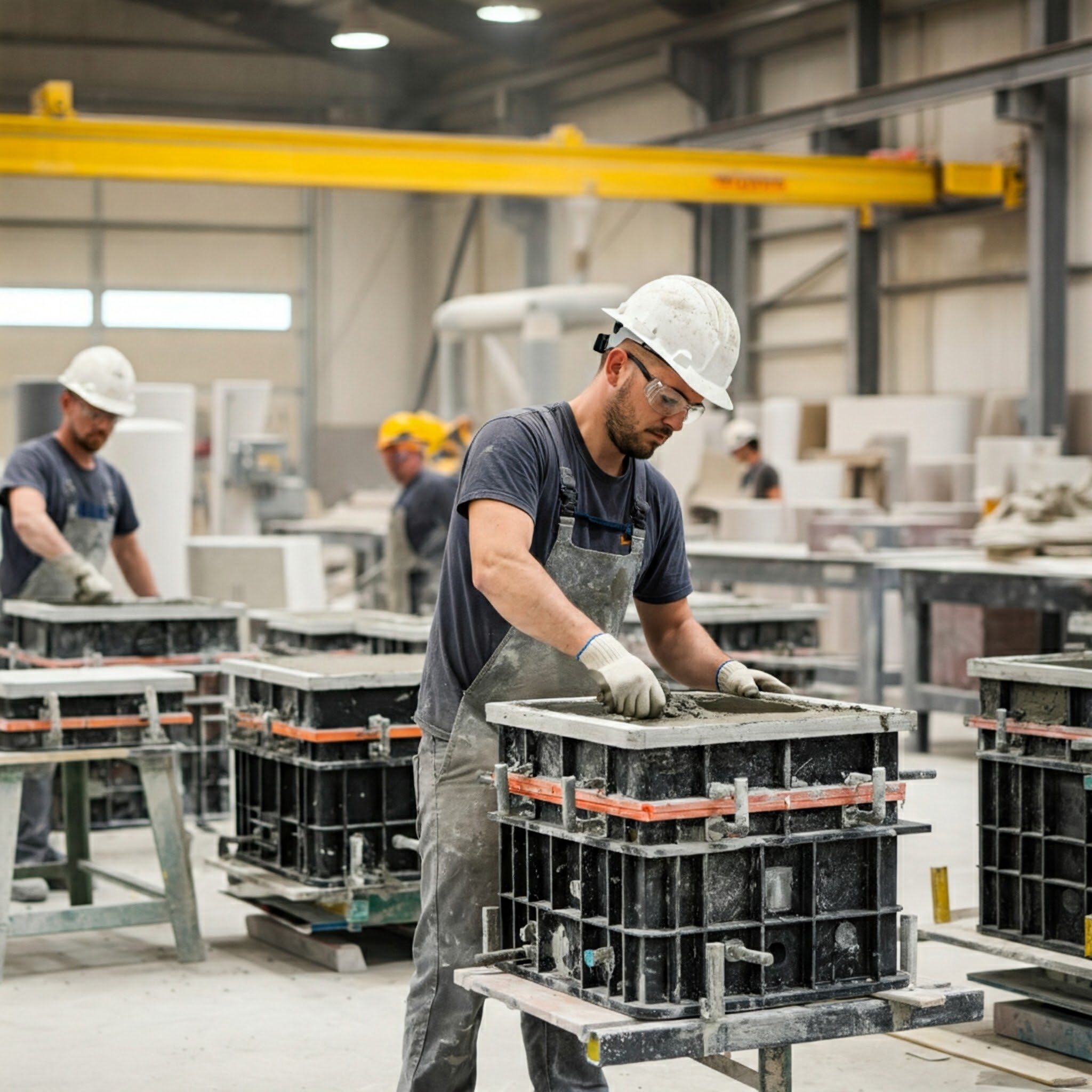Everything You Need to Know About Terrazzo Tile: A Complete Guide
Terrazzo tile is making a big comeback in today’s home design, moving from its historic beginnings in Venice to becoming a popular choice in modern spaces. This guide will help you discover all the important things you need to know about this beautiful and flexible flooring option.
What is Terrazzo Tile?
Terrazzo is a composite material that consists of chips of marble, quartz, granite, glass, or other suitable materials, embedded in a cementitious or epoxy binder. The mixture is ground and polished to create a smooth, durable surface with a distinctive speckled appearance. While traditional terrazzo was poured in place, modern terrazzo tiles offer the same aesthetic with easier installation and maintenance.

Historical Significance
Terrazzo has its roots in 15th century Venice, where it started as a clever way for workers to make use of leftover marble from fancy projects. Initially, it was a practical solution, but over time it transformed into a beautiful art form. Craftsmen began to create intricate patterns and use various colors to make their designs more sophisticated. Today, this tradition still inspires modern terrazzo designs, which now mix traditional methods with new materials and techniques.
Benefits of Terrazzo Tile
Durability
One of the biggest benefits of terrazzo is how long it lasts. When it's installed and taken care of correctly, terrazzo tiles can stay in great shape for many years. This makes them a smart choice for both homes and businesses.
Design Versatility
The possibilities with terrazzo are virtually limitless. From subtle, monochromatic designs to bold, multicolored patterns, terrazzo tiles can be customized to match any aesthetic preference. The size and type of aggregate, as well as the color of the binding material, can be adjusted to create unique looks.
Sustainability
Modern terrazzo tiles can include recycled materials, which makes them a great choice for the environment. They are also very durable, meaning they last a long time and don't need to be replaced often. This helps reduce their overall impact on the planet.
Low Maintenance
Once sealed, terrazzo tiles are relatively easy to maintain. Regular sweeping and occasional mopping with a pH-neutral cleaner are typically all that's needed to keep them looking pristine.
Installation Considerations
Professional Installation
While DIY installation is possible, terrazzo tiles are best installed by professionals. The process requires precise cutting and careful placement to ensure proper alignment and a seamless appearance.
Subfloor Preparation
A stable, level subfloor is crucial for successful terrazzo tile installation. Any imperfections in the subfloor can lead to cracking or uneven wear over time.
Cost Considerations
Initial investment in terrazzo tiles can be higher than some other flooring options. However, their durability and longevity often make them more cost-effective in the long run.
Popular Applications
Residential Spaces
Kitchen floors and backsplashes - Bathroom surfaces - Entryways and foyers - Outdoor patios
Commercial Settings
Airport terminals - Shopping centers - Healthcare facilities - Educational institutions - Office buildings
Maintenance Tips
Daily Care
- Sweep or vacuum regularly to remove loose dirt
- Clean spills promptly to prevent staining
- Use walk-off mats at entrances to minimize dirt tracking
Regular Maintenance
- Mop with pH-neutral cleaners
- Avoid acidic or abrasive cleaning products
- Periodically check and reseal as needed
Design Trends
Modern terrazzo tiles are experiencing exciting innovations in both design and application:
Color Palettes
Modern designs often use striking color mixes and surprising materials. This can include shiny metallic accents and pieces made from recycled glass, creating a unique and eye-catching look.
Pattern Play
Designers are experimenting with different tile sizes and layouts to create unique patterns and visual effects.
Mixed Materials
Terrazzo is increasingly being combined with other materials like wood or metal for striking contrast and visual interest.
Making the Right Choice
When selecting terrazzo tiles, consider:
1. Location and Usage
Choose appropriate aggregate size and finish based on where the tiles will be installed and expected foot traffic.
2. Design Goals
Consider how the terrazzo pattern and colors will complement your overall design scheme.
3. Budget Constraints
Factor in both initial costs and long-term maintenance requirements.
4. Environmental Impact
Look for manufacturers using recycled materials and sustainable production methods.
Conclusion
Terrazzo tile is a unique flooring option that beautifully combines traditional craftsmanship with modern design. It's known for being very sturdy and available in a wide range of styles, making it suitable for any space—whether it’s your home or a business. While it may cost a bit more upfront compared to other flooring choices, terrazzo tiles are built to last and can add a timeless beauty to your environment.
Whether you’re updating an older building or creating a new, stylish area, terrazzo tiles can help you achieve a stunning look that will endure over time. By taking the time to learn about how terrazzo is made, how it’s installed, and how to care for it, you can decide if it's the best option for your project.
Stonehenge Architectural specializes in creating stunning terrazzo floors. Contact our expert team to explore design options, discuss your project, and experience the Stonehenge difference.












